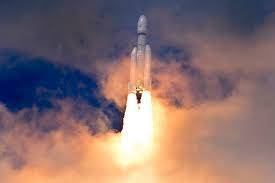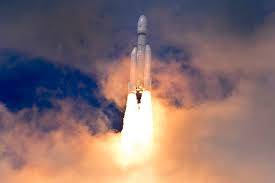The head of the Indian Space Research Organisation announced that the Chandrayaan-3 mission probe emerged from the spacecraft on Thursday to begin its exploration of the lunar south pole and conduct experiments, ready to face new challenges. The smooth landing of the spacecraft, after a failed attempt in 2019, sparked joy and widespread celebrations in the world's most populous country. The media hailed the historic landing as one of India's greatest scientific achievements.
S. Somanath, the head of the Indian Space Research Organisation, stated that both the spacecraft and the probe are in good condition and "both are working efficiently," but experiments have not yet begun. The Space Research Organisation wrote on the platform "X," formerly known as Twitter, "All activities will be conducted in due course. All systems are normal... the probe's mobility operations have begun."
The probe, named "Pragyan," is equipped with two instruments for conducting experiments related to elements and chemical compounds, and it also features automated path planning capabilities for future exploration operations. The term "Chandrayaan" means "moon vehicle" in both Hindi and Sanskrit.
The probe is expected to operate for two weeks, or one lunar day, which is the period for which its solar-powered equipment is designed to function. Somanath mentioned that there are "many issues" on the surface of the moon that the Space Research Organisation will encounter for the first time, particularly lunar dust and temperatures that could affect the probe's moving parts.
He told India's CNN News 18 that the dust "can reach the moving parts and disrupt them... the engines may not function." He added that lunar dust differs from that on Earth and can stick to parts of the probe in the absence of air on the moon, which could impact its operation.




